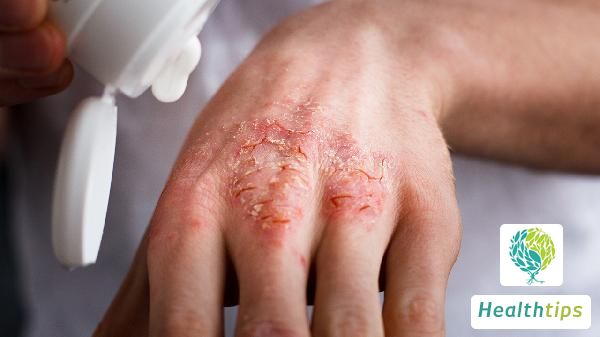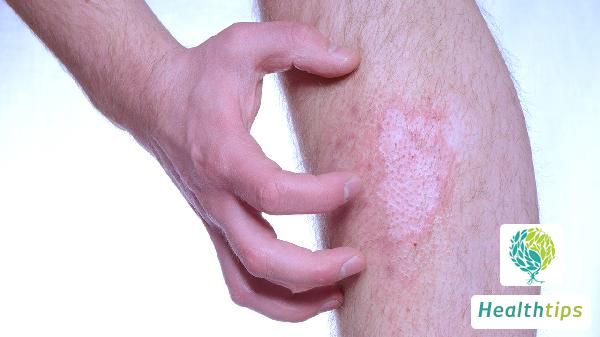How Should Cervical Polyps Be Properly Treated?
There is no best approach to treating cervical polyps. Instead, various methods exist, including conservative treatment, physical therapy, surgical intervention, traditional Chinese medicine (TCM) therapy, and comprehensive treatment. To ensure therapeutic efficacy and prevent recurrence, it is advisable to select a suitable treatment method based on a doctor's recommendation, with attention to postoperative care and regular follow-ups. If symptoms persist, prompt medical attention is encouraged, with targeted treatment measures administered under a doctor's guidance. The detailed analysis is as follows:

1. Conservative Treatment
For patients with mild symptoms of cervical polyps, conservative treatment can be adopted. This involves regular check-ups to observe changes in the polyps and anti-inflammatory therapy, such as the use of antibiotics or anti-inflammatory medications.
2. Physical Therapy
For larger polyps or those with pronounced symptoms, physical therapy methods may be selected. Techniques like laser, cryotherapy, or electrocautery can be employed for polypectomy. Postoperatively, maintaining cleanliness of the external genitalia to prevent infection is crucial.
3. Surgical Treatment
Surgical intervention is recommended for recurrent polyps or those accompanied by other pathological changes. Cervical polypectomy is performed under general or local anesthesia, followed by rest, avoidance of strenuous activities, and regular follow-ups.
4. Traditional Chinese Medicine (TCM) Therapy
For patients who are not suitable for surgery or prefer TCM, this approach can be chosen. It involves the use of herbal medicines for conditioning, such as formulas that clear heat and detoxify, promote blood circulation, and remove blood stasis. Emphasis is placed on improving constitution and enhancing immunity.
5. Comprehensive Treatment
For patients with complex conditions or those who have not responded to multiple treatment methods, a comprehensive treatment plan may be considered. This combines Western and Chinese medicine treatments, tailored to the patient's specific circumstances and administered under a doctor's supervision.
To prevent recurrence of cervical polyps, maintaining cleanliness of the external genitalia, avoiding excessive fatigue and stress, and undergoing regular gynecological examinations to promptly detect and treat underlying conditions like cervicitis are essential. If symptoms persist, prompt medical attention and targeted treatment measures under a doctor's guidance are highly recommended.



















